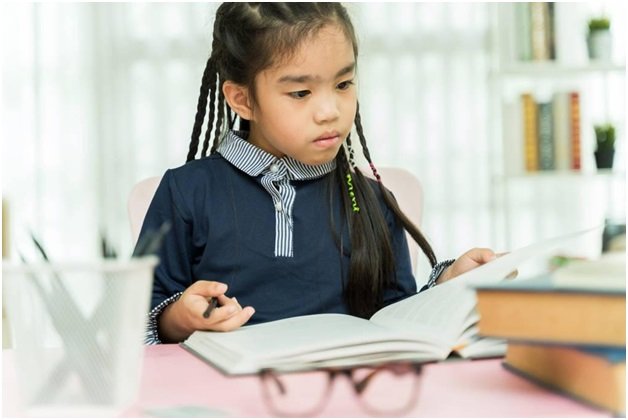Singapore primary schools are globally recognized educational institutions known for their comprehensive approach to education. These schools prioritize equipping students with the necessary skills and knowledge to succeed in various aspects of life. Through a diverse range of academic and extracurricular activities, Singapore primary schools foster creativity, critical thinking, problem-solving, and communication skills among students. Notably, their innovative teaching and learning methods have gained international attention. This article delves into the distinctive features of primary school education singapore that contribute to the remarkable success of Singapore primary schools.
A Bursting History of Primary Schools in Singapore
The historical roots of primary education in Singapore date back to 1819, during the reign of Sir Stamford Raffles. The Singapore Free School, established then, aimed to provide free education to all children, irrespective of their race or religion. This milestone paved the way for the establishment of numerous schools throughout the 19th century. Notably, in 1921, the Education Ordinance Act marked a significant turning point as it established the first government-funded primary school. This initiative ensured free and compulsory education for children aged 7 to 14, regardless of their socioeconomic background.
By 1955, the educational landscape of Singapore boasted over 200 primary schools, both public and private. The Ministry of Education (MOE) was established in 1956 after Singapore gained independence from British rule. MOE took charge of overseeing and managing all educational matters, setting curriculum standards for different educational levels, including primary schools, and ensuring holistic development.

Unraveling the Enigmatic Primary School Education System
Singapore’s primary school education system is renowned for its exceptional quality. Spanning six years, from Primary 1 to 6, the system focuses on laying a strong foundation for students’ secondary education. The Ministry of Education (MOE) plays a pivotal role in providing comprehensive guidelines for quality learning experiences.
The curriculum emphasizes core subjects such as English, Mathematics, Science, and Humanities. Additionally, students explore artistic realms through subjects like Art & Crafts and Music. Physical Education contributes to overall development, and Values in Action (VIA) instills important values like respect and responsibility through experiential learning activities.
Beyond academic pursuits, primary schools actively encourage participation in co-curricular activities (CCAs). These include diverse options such as sports clubs, performing arts, uniformed groups, and information technology clubs. By engaging in CCAs, students not only nurture their personal interests but also cultivate essential qualities like teamwork and discipline.
The primary school teachers in Singapore are highly qualified professionals who undergo continuous professional development to effectively implement the MOE’s syllabus standards. Their commitment ensures a conducive learning environment for students.
Exploring the Diverse Tapestry of Primary Schools in Singapore
To cater to the varied needs and preferences of students, Singapore offers a range of primary school options. Government-run schools, funded by taxpayers, provide free tuition and offer a broad curriculum encompassing essential subjects such as English, Mathematics, Science, and Social Studies. On the other hand, private schools, while not receiving government funding, offer smaller class sizes, personalized instruction, and more flexible curricula at a higher cost.
Additionally, specialized international or bilingual institutions are gaining popularity. These schools provide classes in both English and Mandarin Chinese, alongside traditional academic subjects. This unique approach enables students to develop bilingual proficiency while benefiting from diverse cultural experiences.

